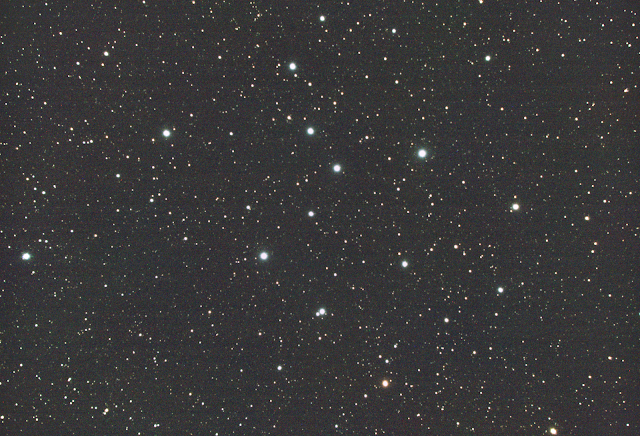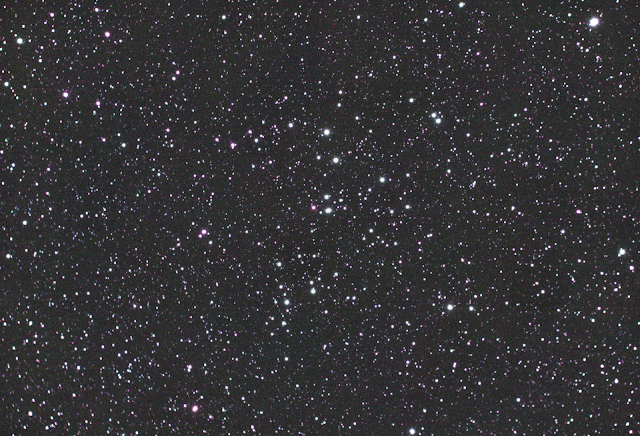I don't usually image planets on the same night as imaging deep sky objects because they involve very different optical configurations. On this particular night, 10/17/2020, after imaging Sharpless-106 (Butterfly Nebula), IC1396(Elephant Trunk Nebula) and NGC7293 (Helix Nebula) the corrector lens on the Celestron 8 was just starting to fog.
This shortened the night with Mars high up to the east. I decided to reconfigure the scope and image Mars. Typical of Massachusetts seeing was mediocre. With better seeing I think Mars could be sharper. OTOH I am using a one shot color camera which, compared to a monochrome camera with color filters, is suboptimal. It's a compromise I live with for time efficiency.
DSO images were acquired at F/4 coupling the Starizona Night Owl focal reducer, Orion SkyGlow Imaging Filter and ASI294MC Pro one shot color camera.
I also could have done better centering IC 1396; which I missed the last night out. I should try to image Sh-106 on a night when imaging smaller targets such as planetary nebulae. Sadly, NGC7293 is in an increasingly light polluted part of the sky to the south of Harvard, MA. Of note, I stack and average images using Autostakkert! I then post process with PaintShop Pro 2021 to which I will devote a future posting.
UPDATE: After watching Robin Glover's Astrophotography with CMOS Cameras video on effective use of signal/noise, the three DSOs will be reimaged using 30s or 60s subs for my typical skies.
 |
| NGC7293(Helix Nebula) 6 x 300s, F/4, ASI294MC Pro |
 |
| IC1396 (Elephant Trunk Nebula) 6 x 300s, F/4, ASI 294MC Pro |
 |
| Sharpless 106 (Butterfly Nebula) 10 x 120s, F/4, ASI294MC Pro, |
 |
| Mars, 2x Barlow (~F/20), ASI178MC, 1078x768 |
















